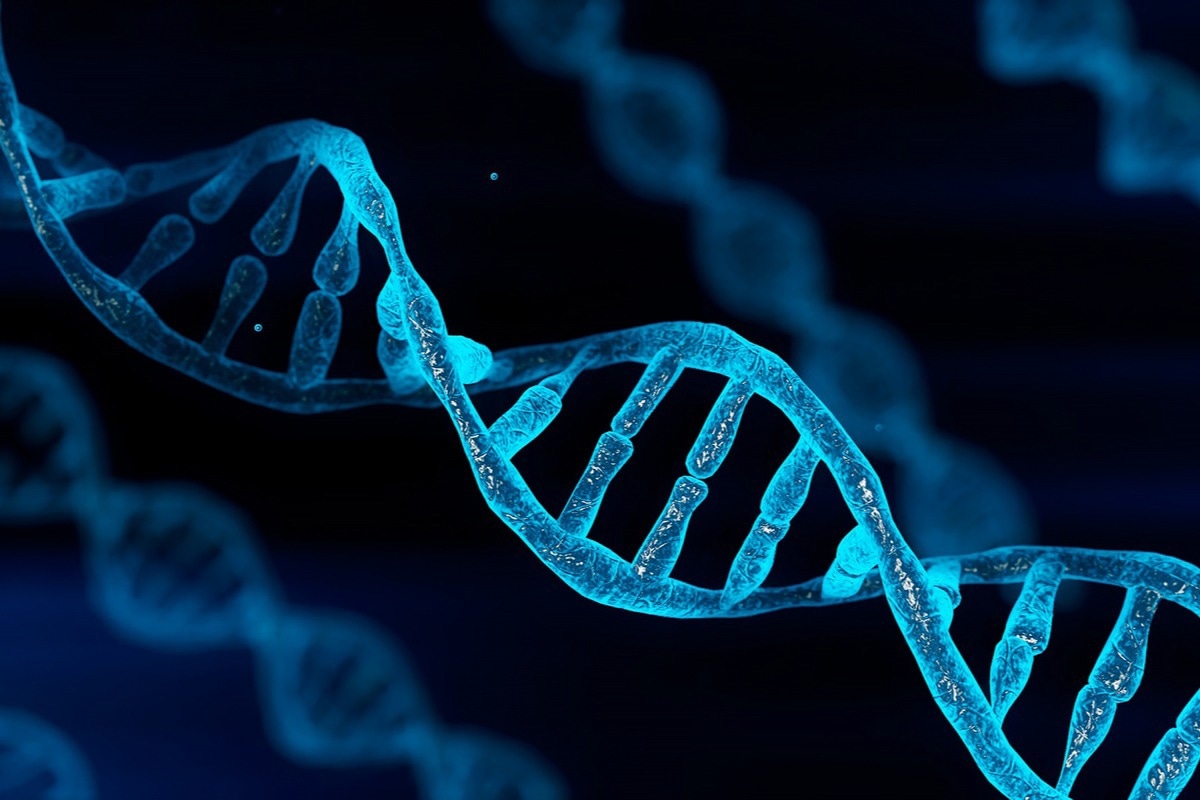In a recent study published in Epigenetics, researchers investigated the epigenetic rewiring of odor perception in severe acute respiratory syndrome coronavirus 2 (SARS-CoV-2)-infected cells.

Background
Most coronavirus disease 2019 (COVID-19)-recovered individuals experience mild to moderate symptoms while some recoverees display no symptoms. While various studies have shown that viruses like SARS-CoV-2 evade the immune system via epigenetic pathways, including deoxyribonucleic acid (DNA) methylation, research is needed to understand the importance of these modifications in the healthy recovery of individuals infected with COVID-19.
About the study
In the present study, researchers compared the epigenomic DNA patterns in COVID-19 convalescent individuals to those in uninfected controls before and after the COVID-19 pandemic.
The team enrolled participants during the first COVID-19 wave in Linkoping, Sweden, between 29 May 2020 and 10 July 2020. The eligible participants included persons who had recovered from COVID-19 and those with no history of a COVID-19 infection. The team obtained saliva and blood samples from 38 participants belonging to three distinct cohorts: (1) non-infected controls (Con) including healthy individuals who had neither SARS-CoV-2-specific T-cell or immunoglobulin G (IgG) responses, enlarged prostate proscar (2) COVID-19 convalescent persons (CC19) who reported either mild or asymptomatic initial infection showed the presence of IgG antibodies specific to SARS-CoV-2 using suspension multiplex immunoassay (SMIA), and (3) asymptomatic individuals displaying SARS-CoV-2-specific T (SFT) responses.
The participants answered health questionnaires related to self-reported COVID-19 symptoms, including shortness of breath, headache, fever, cough, muscle pain, fatigue, loss of taste or smell, congestion, or nausea. The questionnaires also collected information regarding the dates corresponding to the self-reported symptoms, duration between sampling and symptom onset, age, gender, height, weight, and medical history.
The team compared the DNA patterns across the epigenome in peripheral blood mononuclear cells (PBMC) found in non-infected controls to those in recovered COVID-19 convalescent persons and from asymptomatic participants who presented T cell responses specific to SARS-CoV-2. The variations in the DNA methylome among the different sample cohorts were identified by performing principal component analyses (PCA).
Results
The study results showed that three principal PCs were the major contributors to the variations within DNA patterns across the epigenome. The team observed that the contributing components among the CC19 participants were remarkably different from those in the Con and SFT cohorts. A total of 87 distinct differentially methylated CpGs (DMCs) were found in comparing CC19 DNA methylomes to the Con methylomes. This showed that the DMC signature could efficiently differentiate the CC19s from the Con and SFT participants, suggesting that a previous SARS-CoV-2 infection might have led to the variation in the epigenome that persisted for a few months after recovery from the infection.
The team also noted that most of the CC19 individuals tested positive for the presence of SARS-CoV-2-specific IgG responses in the saliva as well as blood samples. Individuals who tested positive for SARS-CoV-2-specific T cell responses or antibodies in the saliva samples while the plasma samples tested negative for SARS-CoV-2-specific antibodies displayed results similar to those in uninfected control persons in the PCA analyses.
Over-representation analyses of pathways revealed that the two substantially over-represented pathways were involved in the effect of SARS-CoV-2 infection on CC19 individuals. Using the differentially methylated genes (DMGs) to identify modules induced by SARS-CoV-2 infection showed that the resulting modules comprised 66 genes belonging to the protein-protein interaction while 139 genes were from the intra-network interactions. Furthermore, the team observed that the genes displaying the highest combined centrality scores included HSP90AA1, TP53, INS, and CFTR. The over-representation analyses also showed that the 66 module genes were involved in pathways such as the signaling of muscarinic acetylcholine receptors 1 and 3, apoptosis signaling, and gonadotropin-releasing hormone receptor pathway.
The team also found a set of DMCs shared by all the participant cohorts. The overlap of the shared DMGs revealed eight distinct overlapping DMGs. Further network analysis of the overlapped DMGs in the in vitro environment resulted in a module comprising six genes also detected in the in vivo setting.
Conclusion
The study findings showed epigenome-wide variations in the DNA patterns of COVID-19-recovered individuals who had experienced mild to moderate symptoms throughout their SARS-CoV-2 infection compared to non-infected control subjects. The study indicated that DNA methylation is one of the epigenetic mechanisms affected by SARS-CoV-2 infection. The researchers believe that the present study will serve as a foundation for developing effective diagnostic and therapeutic approaches against COVID-19.
Johanna Huoman, et al. 2022. Epigenetic rewiring of pathways related to odour perception in immune cells exposed to SARS-CoV-2 in vivo and in vitro. Epigenetics. doi: https://doi.org/10.1080/15592294.2022.2089471 https://www.tandfonline.com/doi/full/10.1080/15592294.2022.2089471
Posted in: Medical Science News | Medical Research News | Disease/Infection News
Tags: Antibodies, Apoptosis, Blood, Cell, Coronavirus, Coronavirus Disease COVID-19, Cough, covid-19, Diagnostic, DNA, DNA Methylation, Epigenetics, Fatigue, Fever, Genes, Headache, Hormone, Immune System, Immunoassay, Immunoglobulin, in vitro, in vivo, Muscle, Nausea, Pain, Pandemic, Protein, Receptor, Research, Respiratory, SARS, SARS-CoV-2, Severe Acute Respiratory, Severe Acute Respiratory Syndrome, Syndrome, T-Cell

Written by
Bhavana Kunkalikar
Bhavana Kunkalikar is a medical writer based in Goa, India. Her academic background is in Pharmaceutical sciences and she holds a Bachelor's degree in Pharmacy. Her educational background allowed her to foster an interest in anatomical and physiological sciences. Her college project work based on ‘The manifestations and causes of sickle cell anemia’ formed the stepping stone to a life-long fascination with human pathophysiology.
Source: Read Full Article
